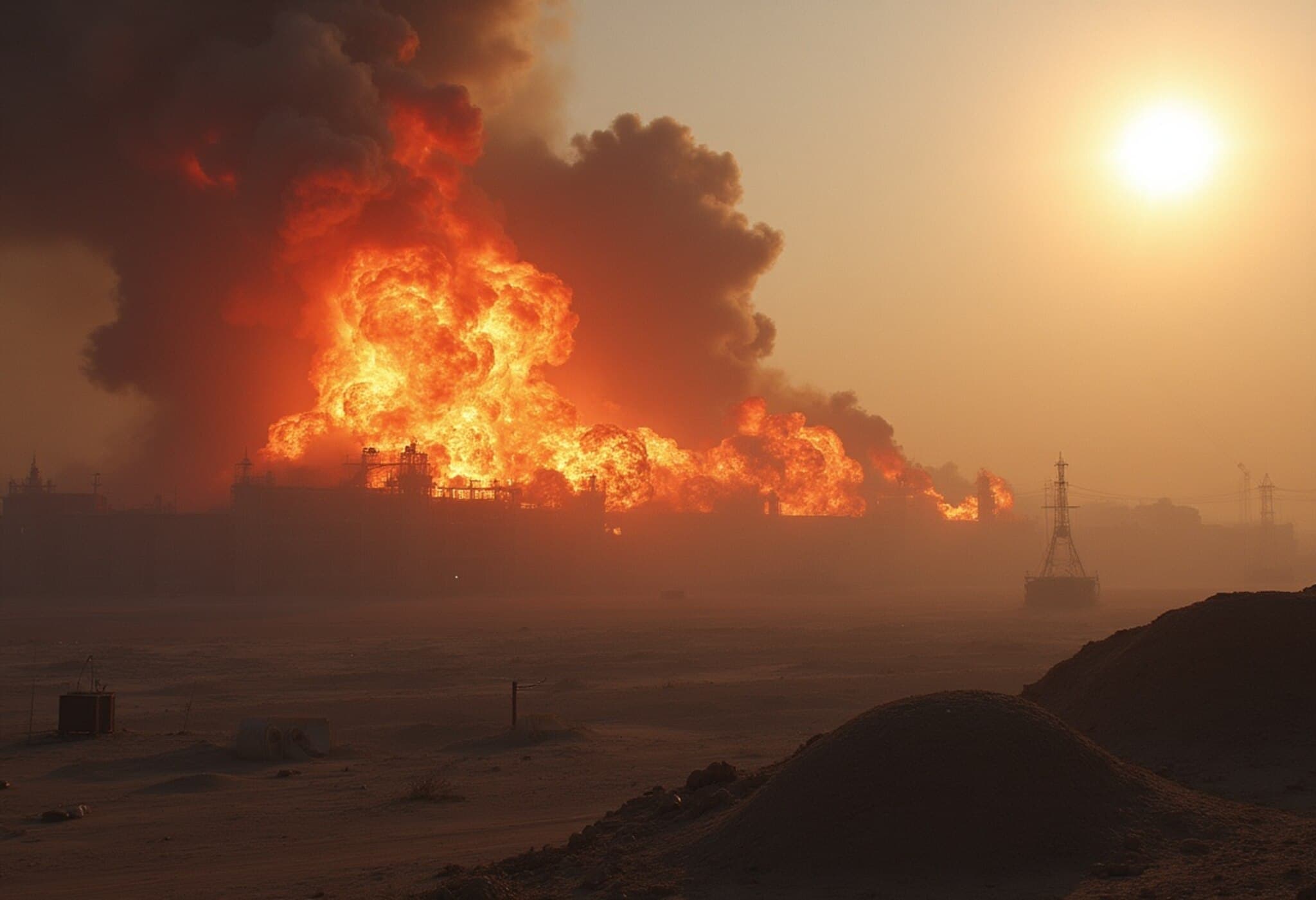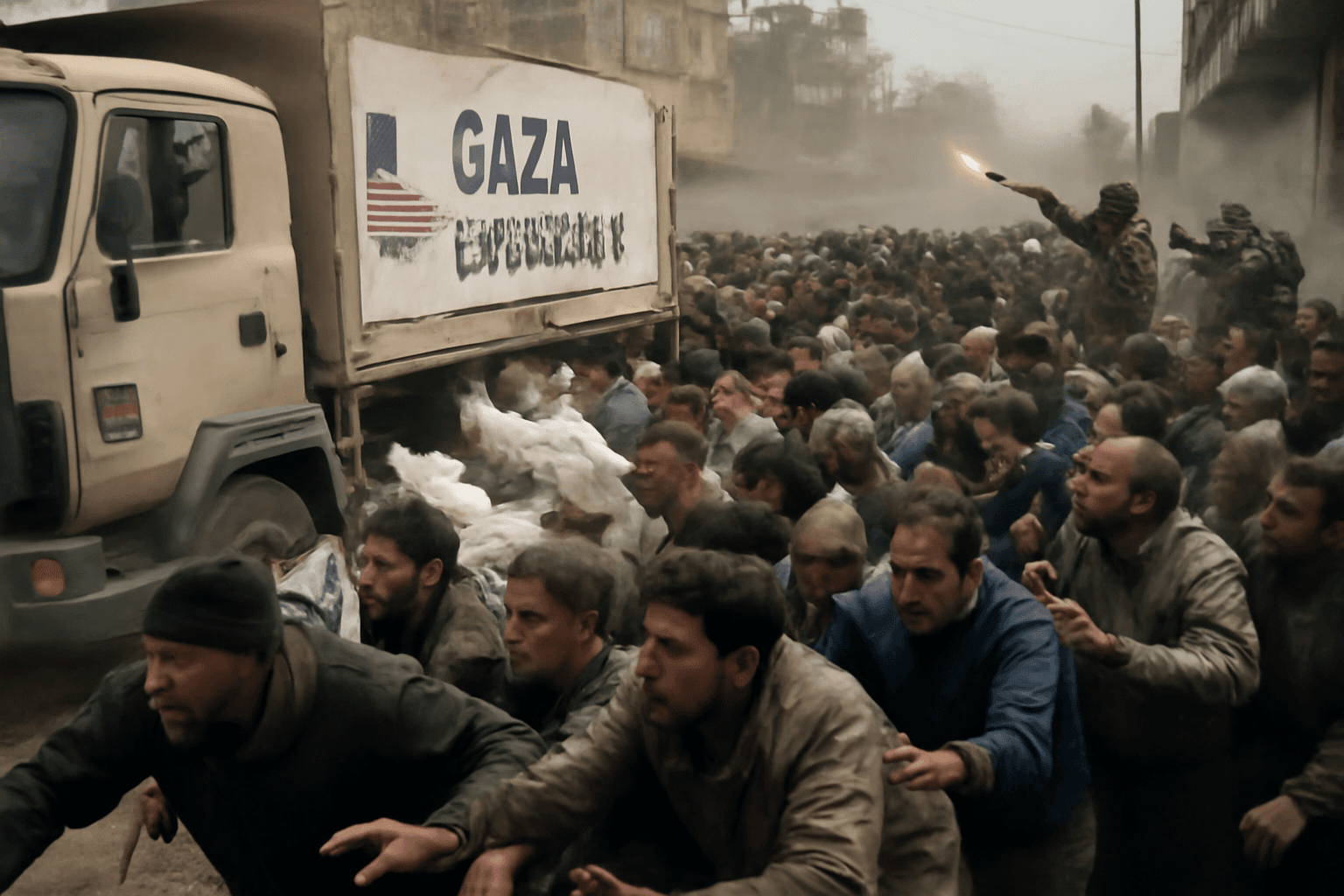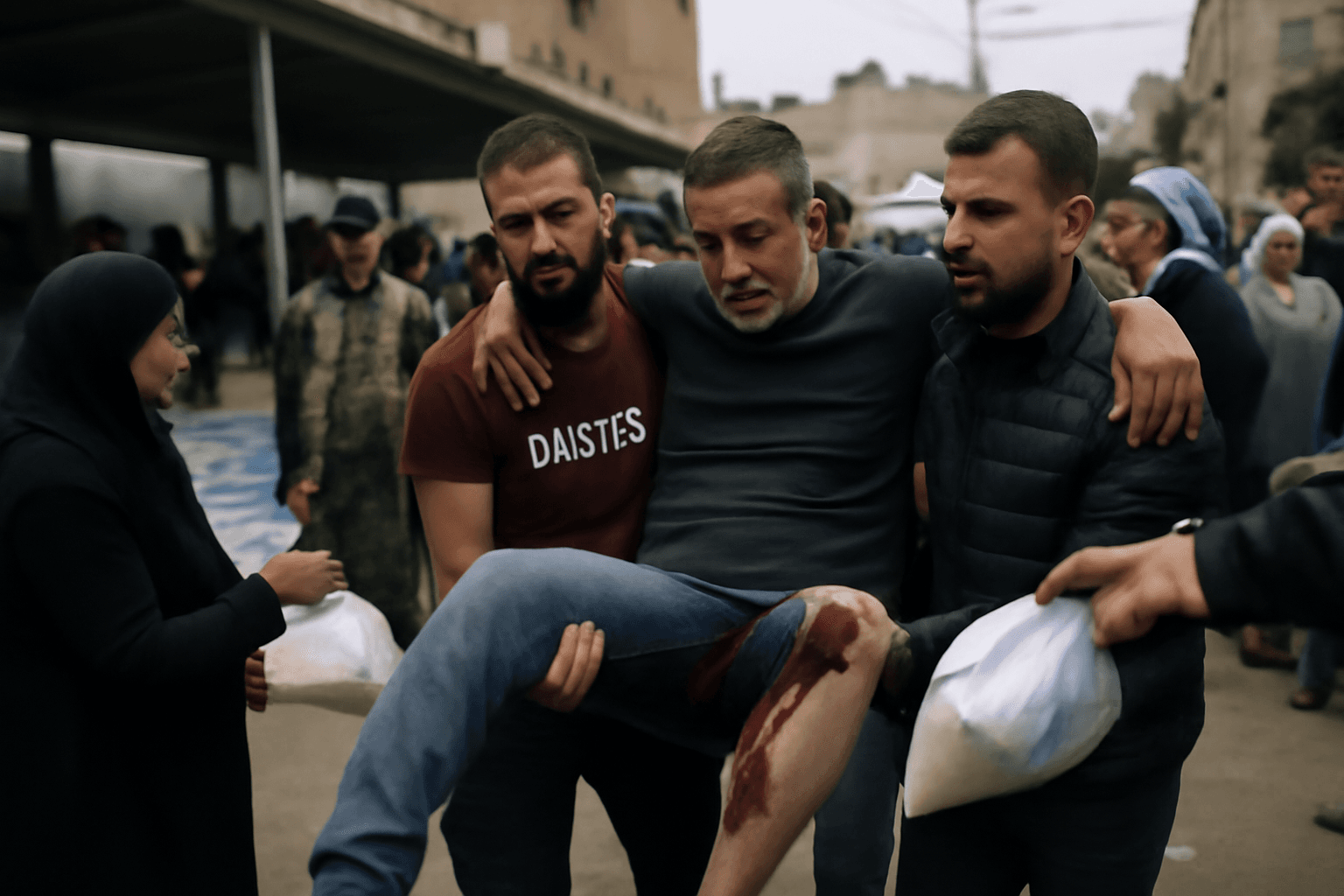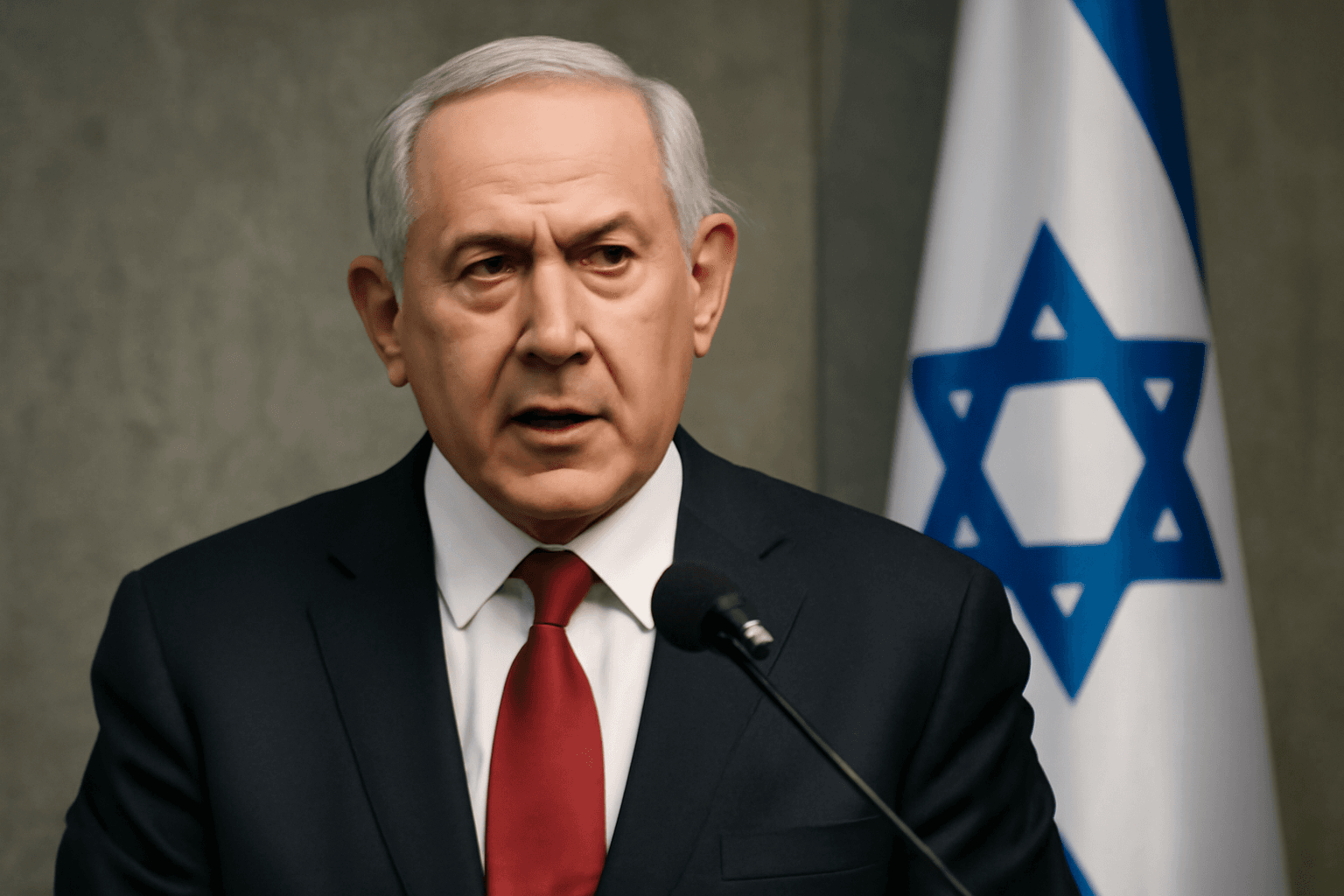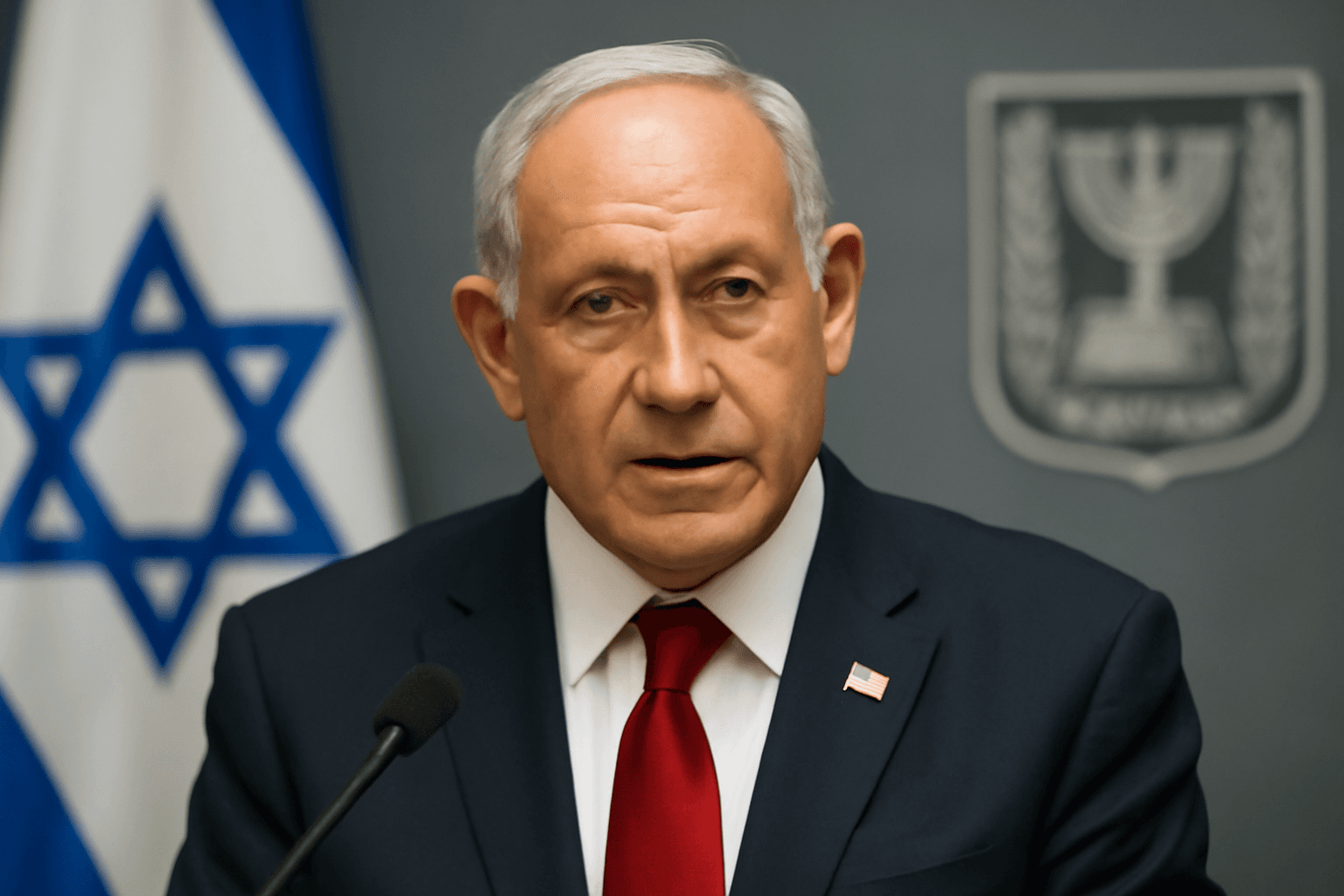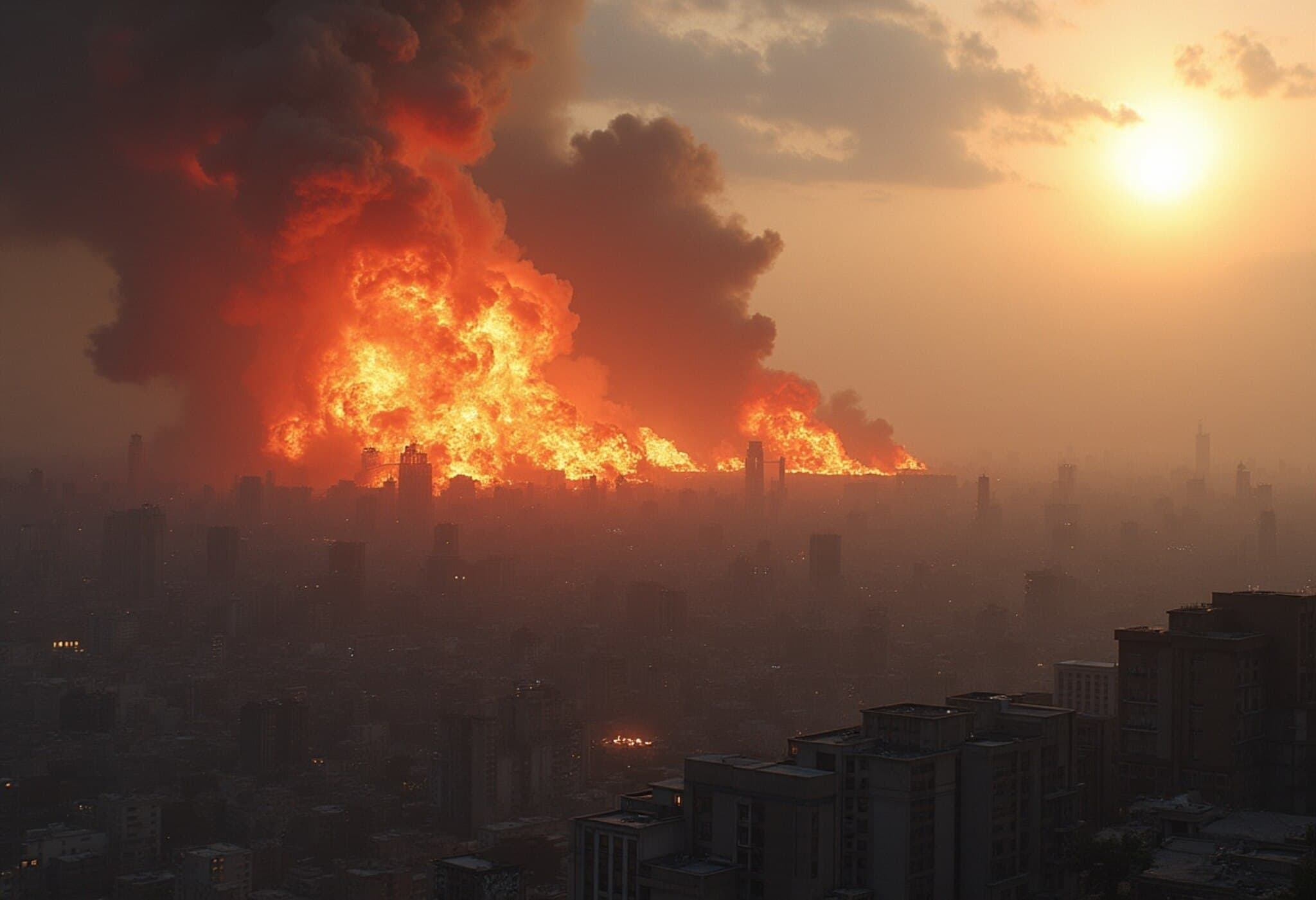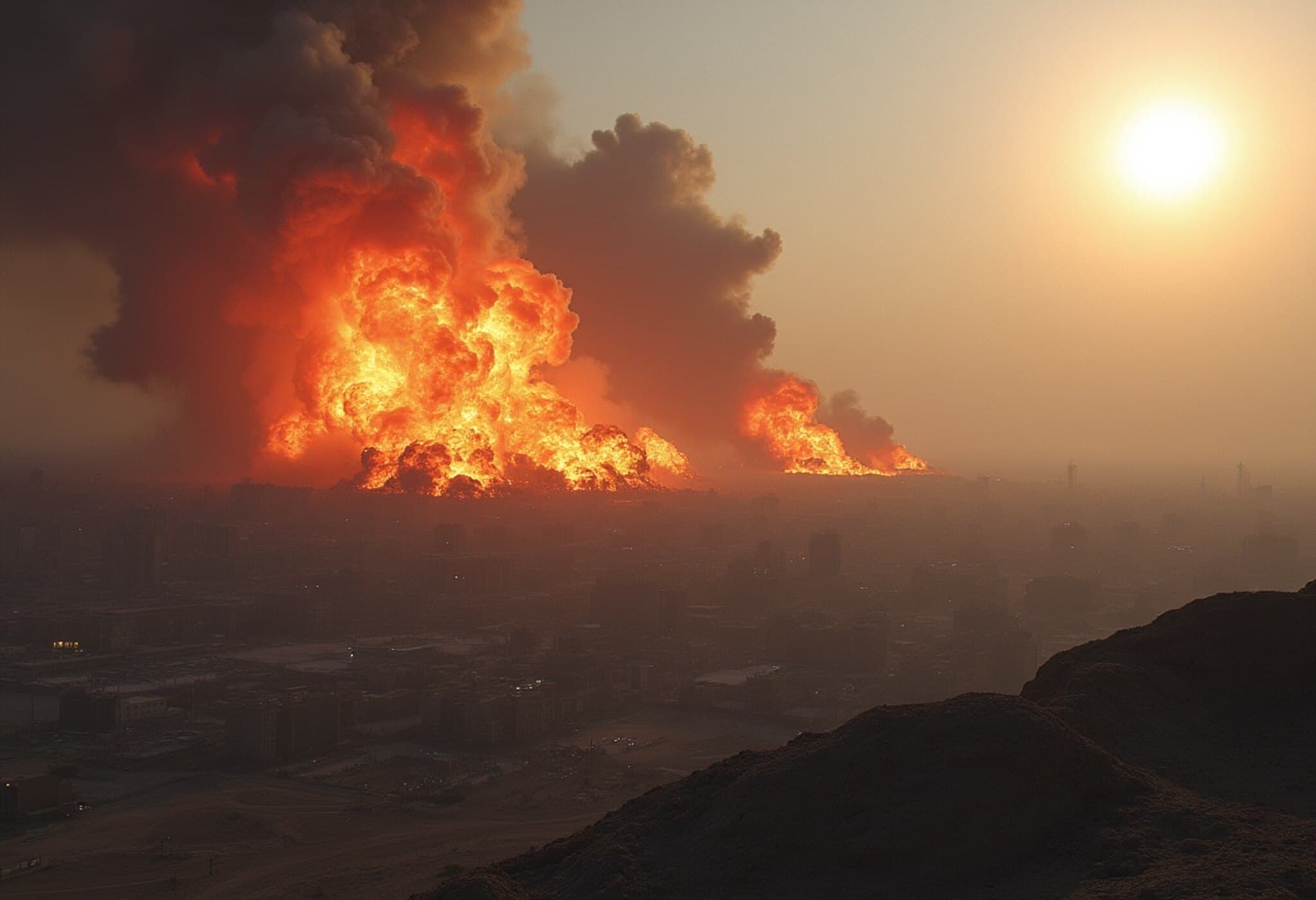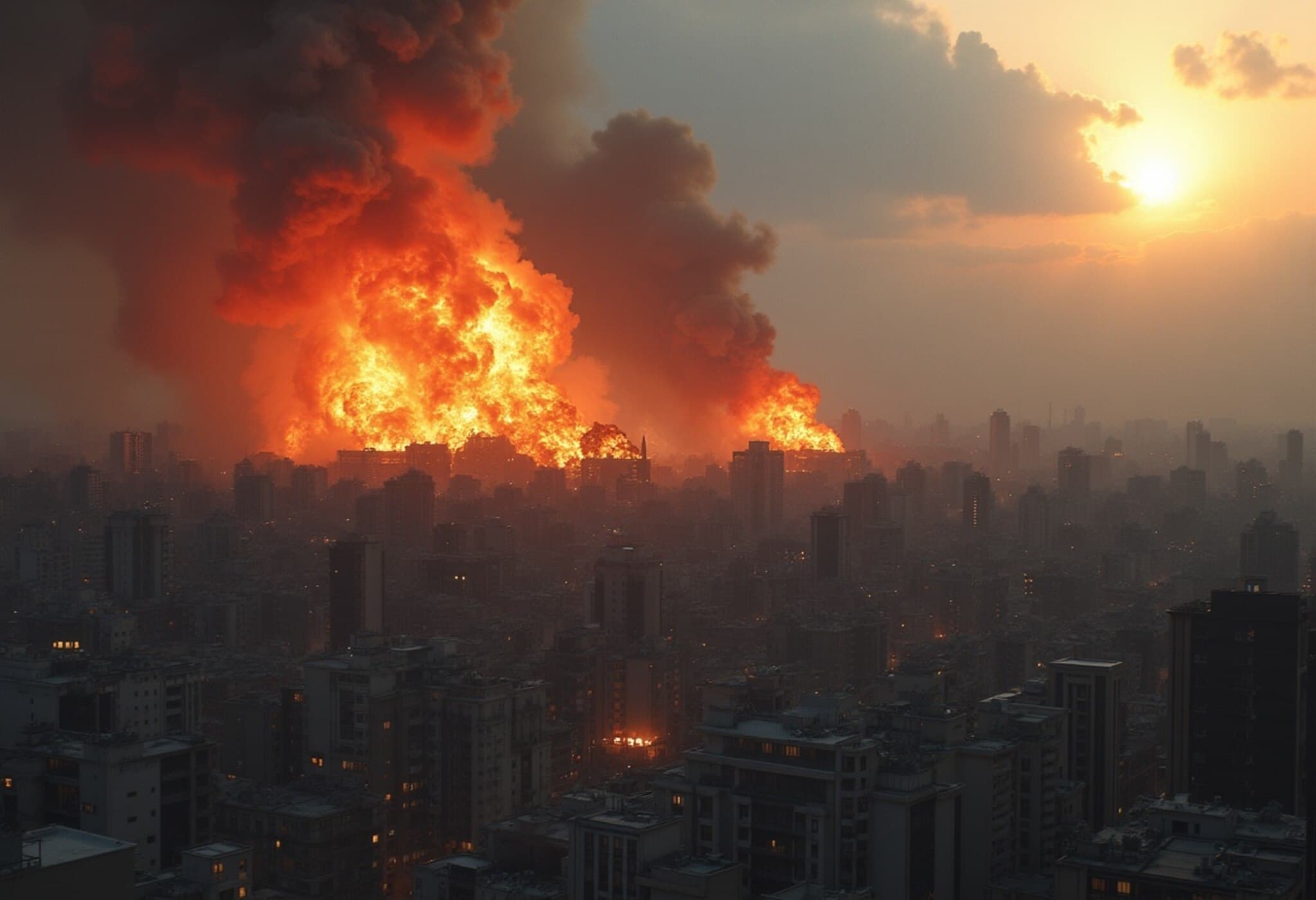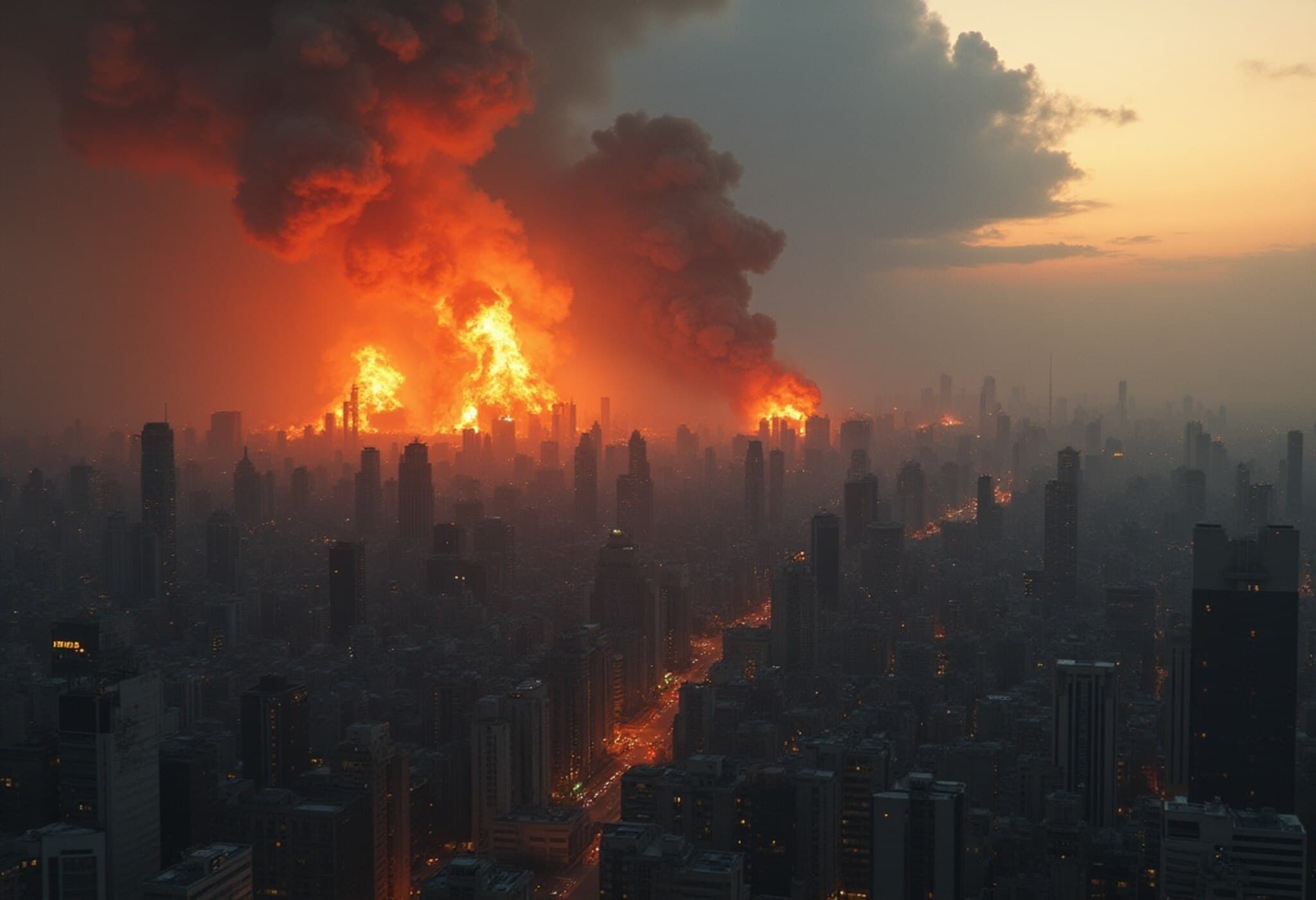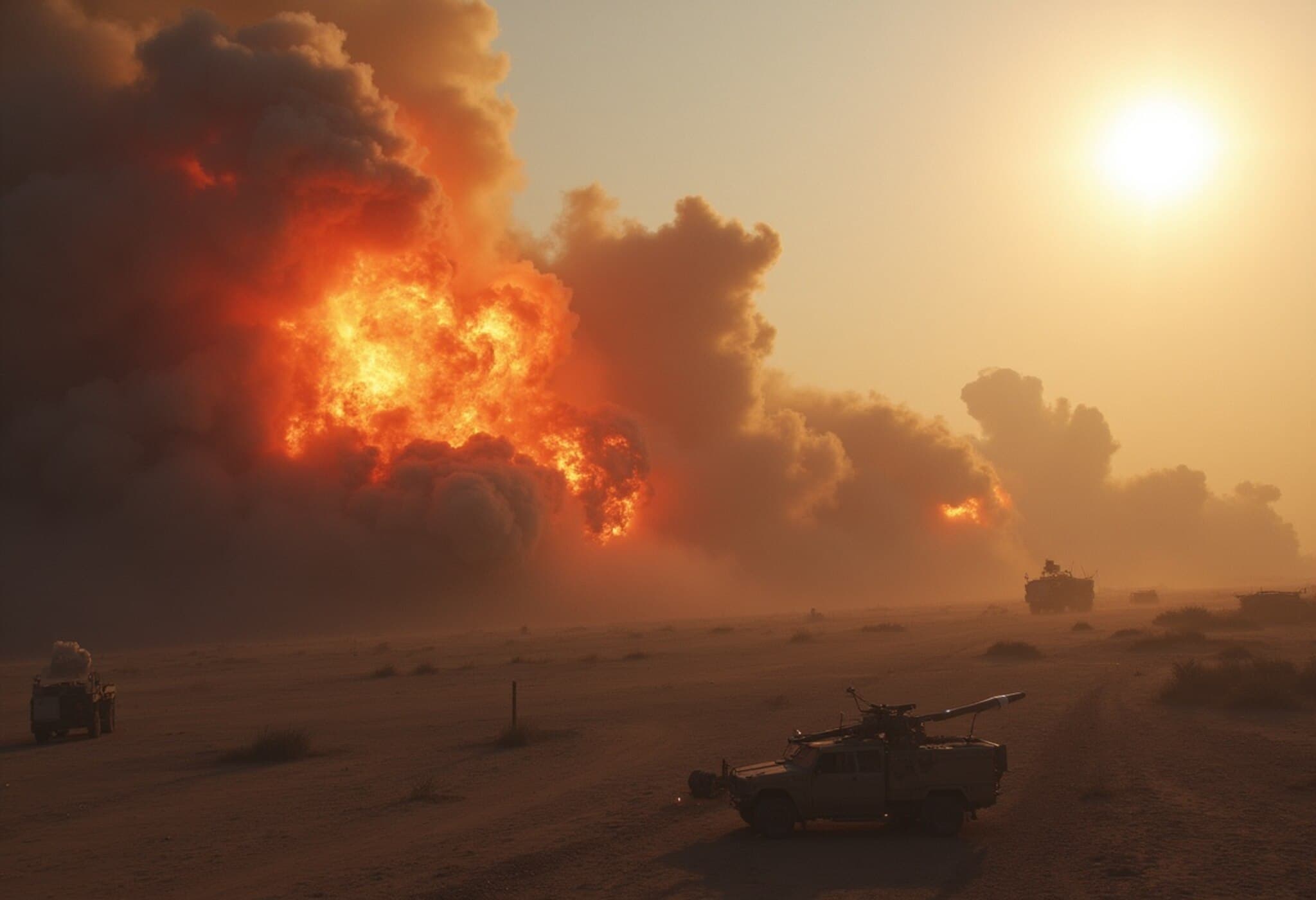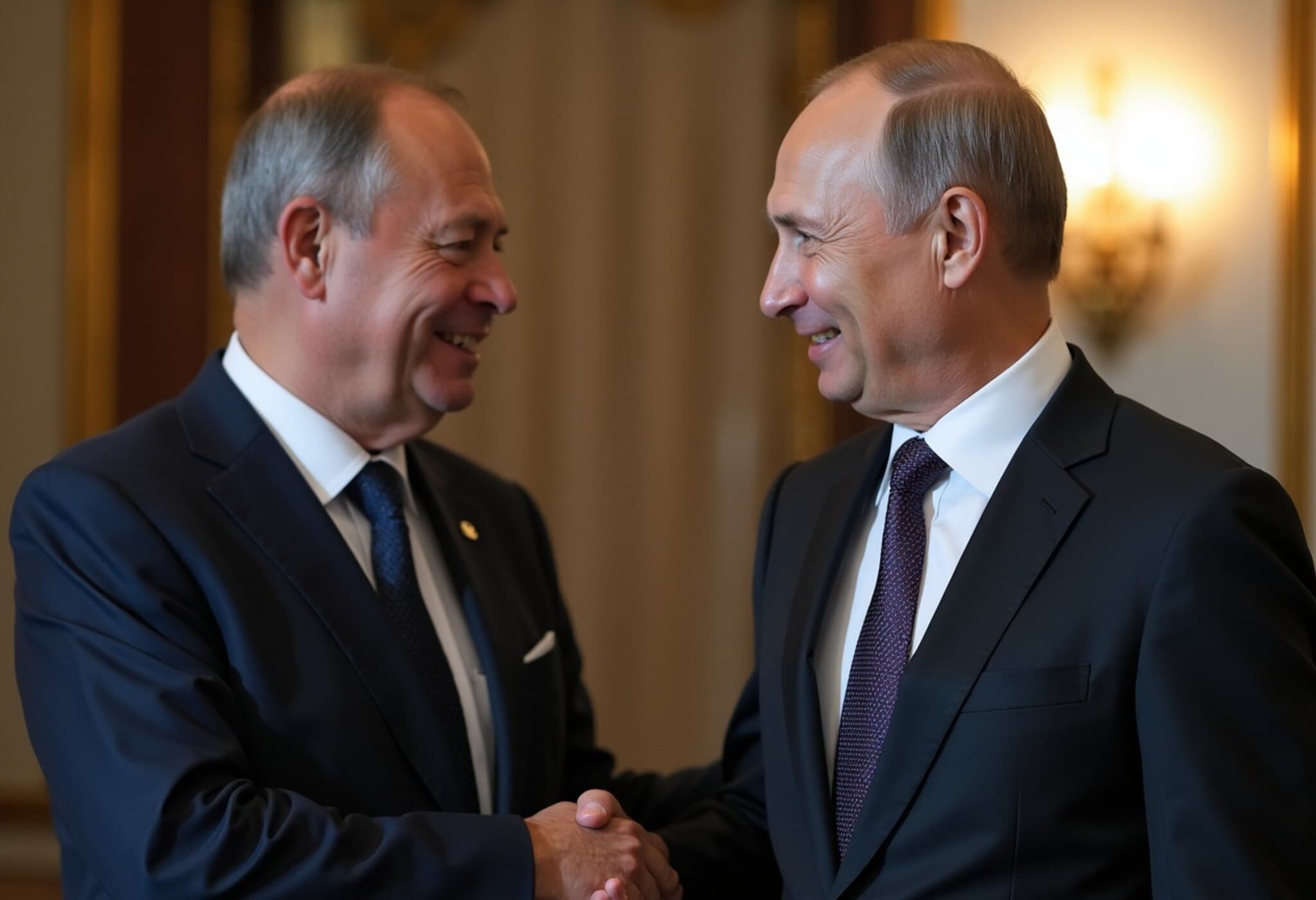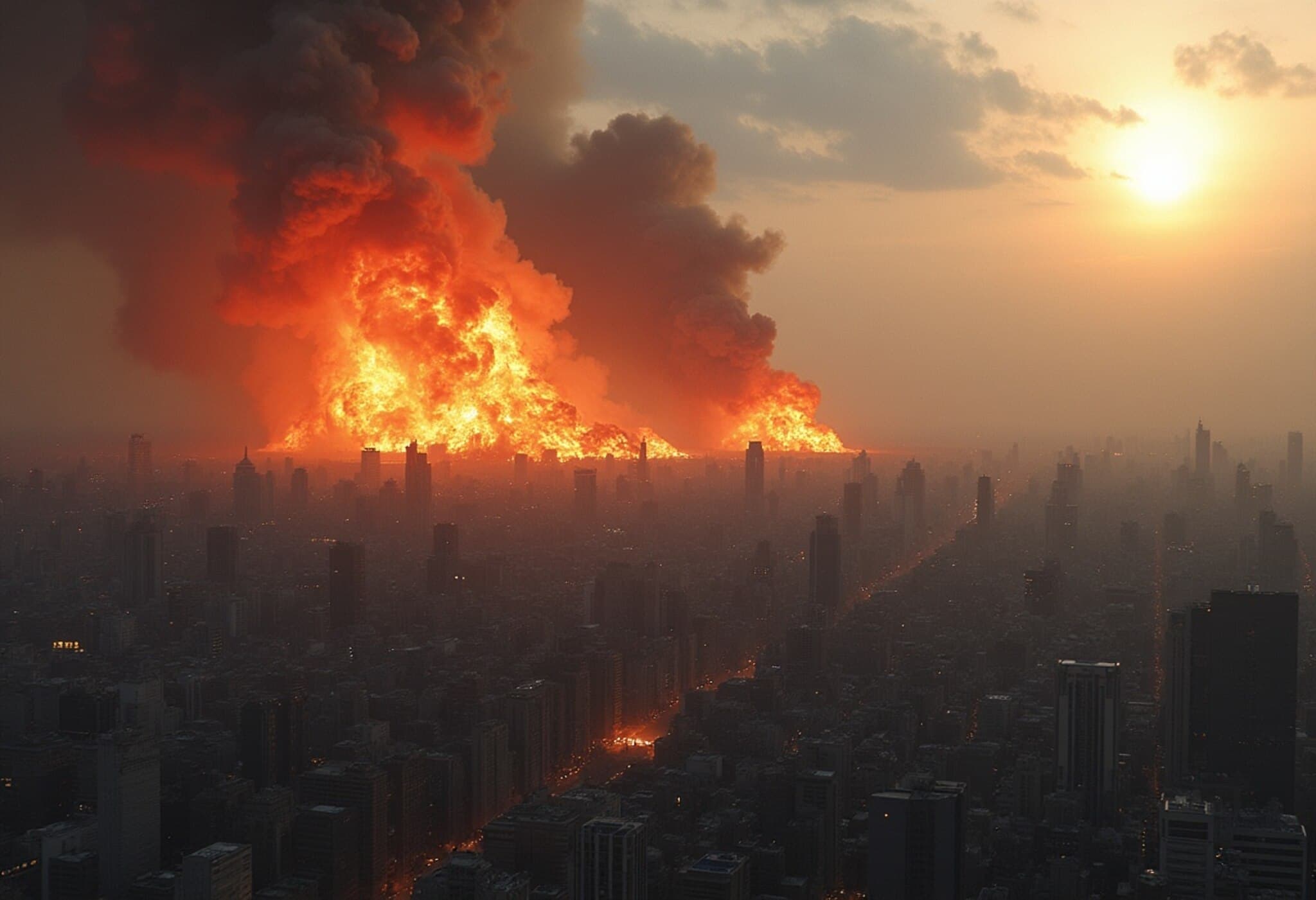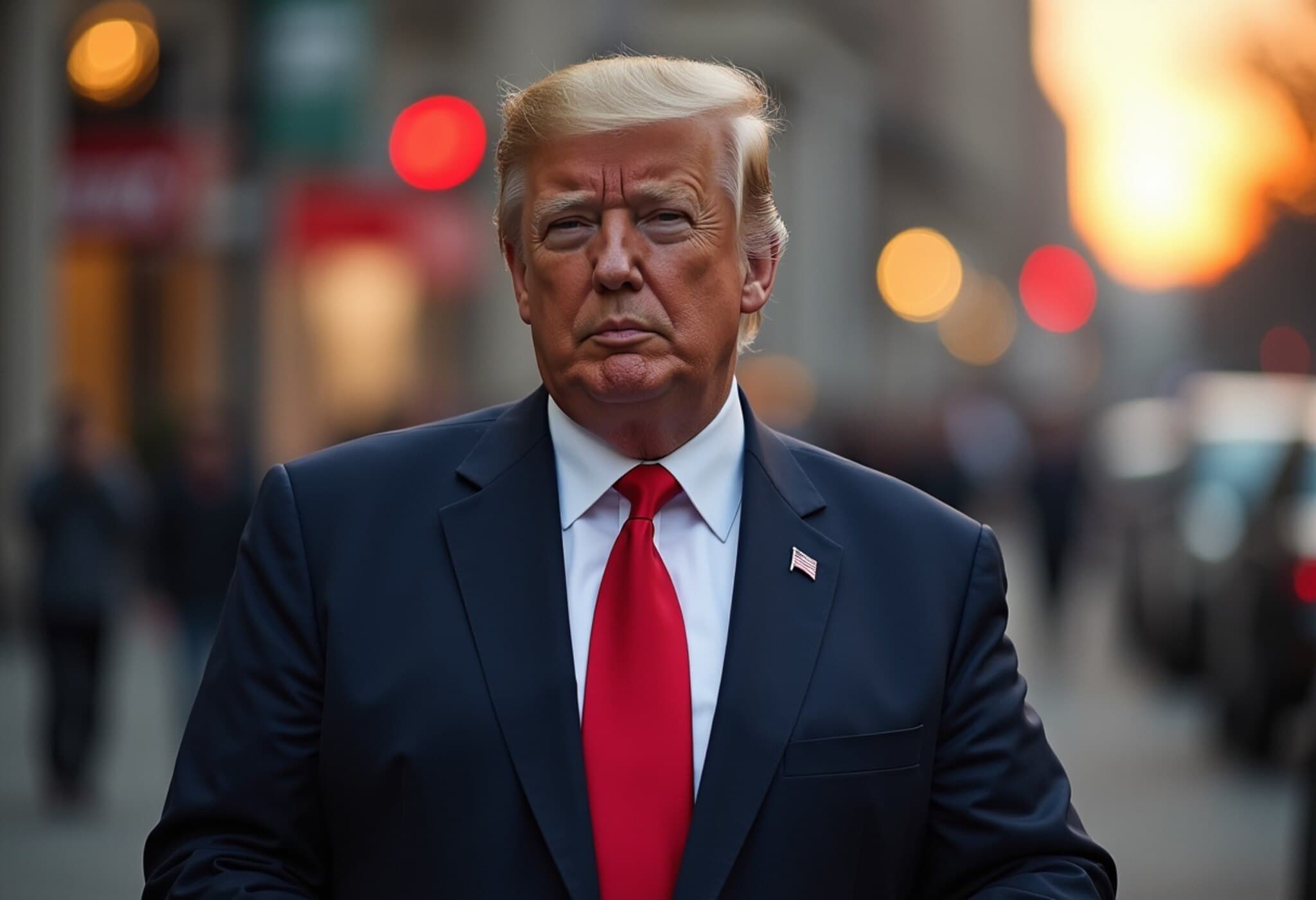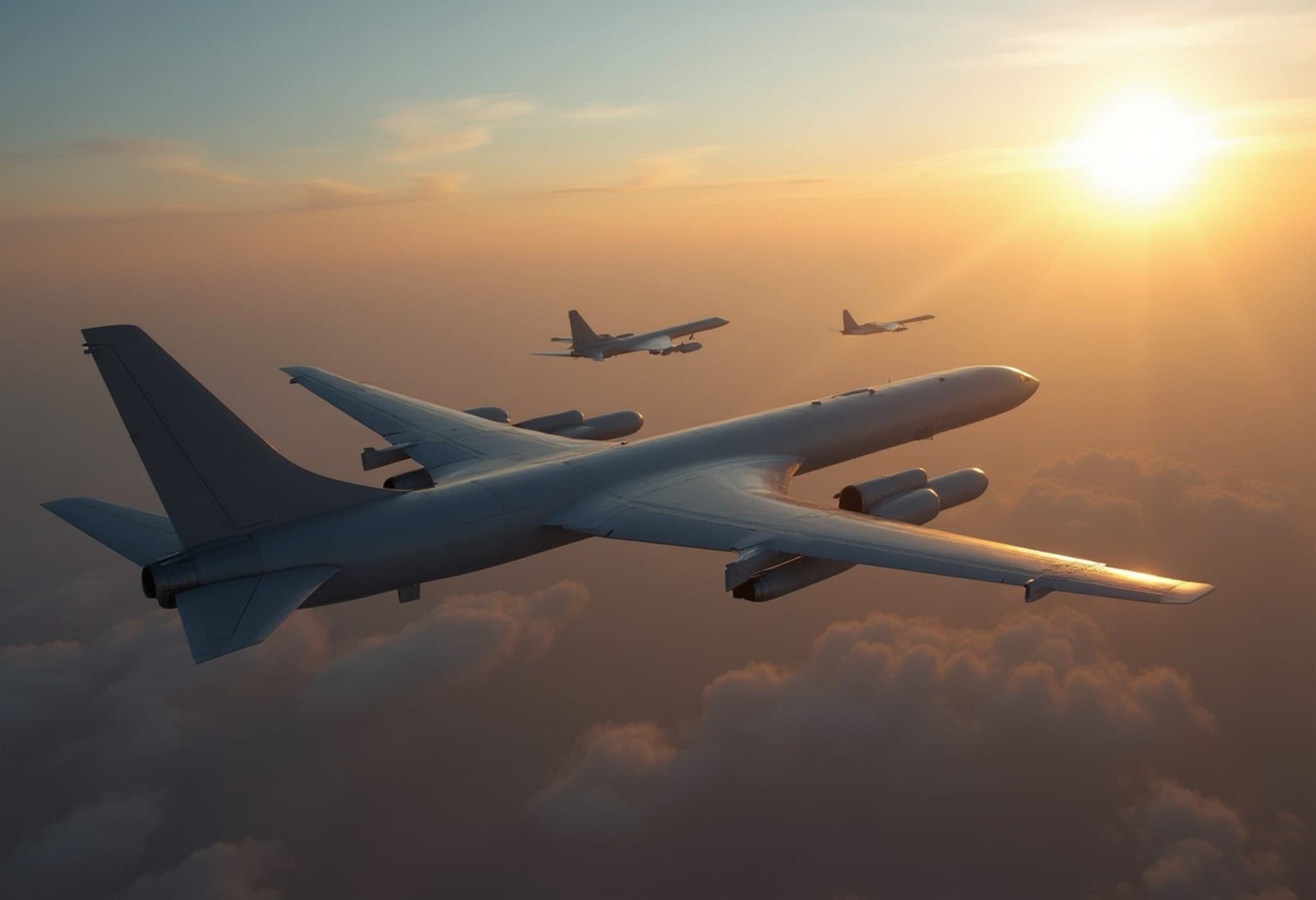US Launches Strikes on Iran’s Nuclear Facilities, Escalating Middle East Tensions
In a significant escalation in the ongoing conflict in the Middle East, the United States conducted airstrikes against three critical Iranian nuclear sites: Fordow, Natanz, and Isfahan. This move marks the first direct US military action targeting Iran’s nuclear infrastructure in response to escalating hostilities involving Israel and Iran.
US President Announces Successful Operation
President Donald Trump confirmed the strikes via a social media post, describing the mission as a “very successful attack.” He stated that all aircraft had safely exited Iranian airspace after delivering a full payload of bombs on the primary target, Fordow. Praising the American military capabilities, he emphasized the uniqueness of the operation and concluded by calling for peace.
The timing of the attack is notable, occurring just days after Trump had indicated he would take up to two weeks to decide on US involvement alongside Israel.
Understanding the Targeted Iranian Nuclear Sites
Fordow: The Most Fortified Facility
Situated roughly 100 kilometers southwest of Tehran, the Fordow Fuel Enrichment Plant is Iran’s most secretive and heavily shielded nuclear site. Deeply embedded within a mountain, Fordow’s structure resists conventional bombing, making it a high-value and challenging target.
The plant once hosted approximately 3,000 centrifuges designed to enrich uranium for both civilian and military purposes. Its strategic depth and surrounding missile defenses—including the Russian S-300 system—have historically rendered it nearly impenetrable to airstrikes.
While Fordow’s operations were paused under the 2015 nuclear agreement, Iran resumed uranium enrichment there after the US withdrew from the deal in 2018. As of 2025, around 2,000 centrifuges, including advanced models, are active, producing an estimated 166 kilograms of 60% enriched uranium every three months — a material nearing weapons-grade quality.
Natanz: Iran’s Main Enrichment Hub
Approximately 220 kilometers southeast of Tehran, Natanz stands as Iran's principal uranium enrichment facility, often regarded as the centerpiece of its nuclear program. Boasting over 50,000 centrifuges — with significant portions underground to shield against attacks — Natanz has long been under international scrutiny.
Recent Israeli strikes targeted and destroyed most of the aboveground components, severely impacting uranium enrichment capabilities. The International Atomic Energy Agency (IAEA) has reported that while the facility sustained heavy damage, no radiation leakage affected surrounding areas.
Isfahan: The Nuclear Research and Conversion Center
The Isfahan complex, located around 350 kilometers southeast of Tehran, hosts Iran's largest nuclear research center. Established in the 1980s with foreign assistance, it employs over 3,000 nuclear scientists and contains numerous research reactors and laboratories critical to Iran’s atomic ambitions.
Key components here include uranium conversion and nuclear fuel fabrication facilities. Recent attacks targeted buildings within Isfahan, including the uranium conversion plant. Importantly, the IAEA has reported no detectable radiation increases at the site, indicating the strikes likely focused on infrastructure rather than broader contamination.
Implications of the Strikes
This joint strike by the US and Israel dramatically raises tensions in an already volatile region. By targeting the heart of Iran’s nuclear infrastructure, the US has signaled a stronger commitment to countering Iranian nuclear development amid the growing conflict.
With both sides escalating, concerns mount over the potential for broader warfare engulfing the Middle East. The resilience and strategic importance of these sites highlight the complexities policymakers face in balancing military actions with diplomatic efforts.

